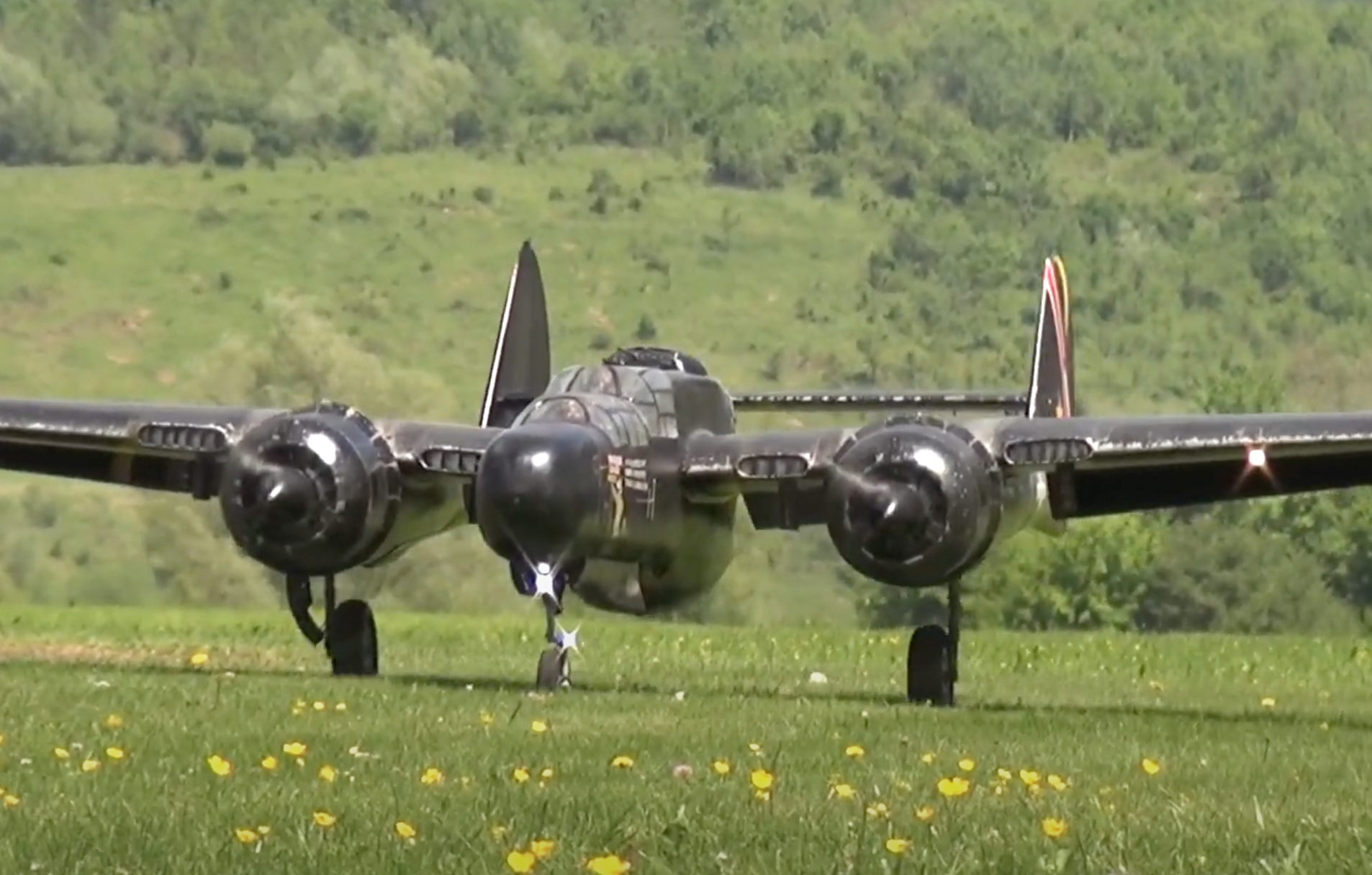One of the problems very common in hovering (as well as when learning to fly formation in full-scale airplanes) is that the pilot does not notice the need for a correction until the helicopter has moved, and then an over-correction is required. As an example, let’s compare two identical helicopters in a hover: one flown by a novice and the other by a pilot who can hover very well. Now let’s also assume a gust of wind causes the nose to drop slightly. The novice may or may not notice the nose drop, but in any case, a correction is not made until the helicopter actually starts to move forward. The nose is then brought back to the level flight attitude, only to find the helicopter is still slowly moving forward. To stop this forward movement, a further aft cyclic, or nose-up, command is made by the pilot. When the helicopter is again stationary, a forward cyclic command is then given to bring it back to a steady hover attitude. This is a total of three command movements required by the novice pilot, in only the pitch axis, and the helicopter still moved forward a few feet. And when these multiple control corrections are complete, further control effort is required to get the helicopter back to its original hover position.
Now let’s look at the expert pilot with the same setup and the same wind gust that causes the nose to drop slightly. He immediately notices the change in attitude of the helicopter and makes an aft cyclic correction before the helicopter ever has a chance to move. This is the key: a correction before the helicopter has a chance to move. Since he has practiced hovering, and is familiar with the feel of his helicopter and radio, he also knows just how much of a correction to make to get the nose back to level without over-controlling. Notice in this case that only one cyclic correction was required. Not only did the helicopter never leave its original position, but less control effort was also required by the expert pilot. If you were to watch the control sticks of the pilot, they would appear to be stationary, with the helicopter in a steady hover, because the corrections are so small and timely.
























While the statements in this article are accurate it is lacking on the ‘tip’ or ‘trick’ part. Now that we know why the novice is so bad at hovering can we suggest a few techniques for the novice? For example does looking at the disk or paddles offer a better point of reference than the nose? What about reducing expo in your transmitter as the novice pilots skills improve so he/she is less likely to over correct as they can ‘feel’ the helicopter better.
Thank you
Thank you for your comments and suggestions Curtis. However, discussing more of my hovering techniques would take more space than is allotted here. You will notice I start out by saying “One of the problems very common in hovering is that the pilot does not notice the need for a correction until the helicopter has moved, and then an over-correction is required.” And my tip, or technique, to solve this problem is to make a correction before the helicopter has a chance to move.
However, you do bring up some valid techniques that I’m sure will be interesting to our other readers if you care to expand on them. I think it would be nice to also hear from others to see what techniques they are using.